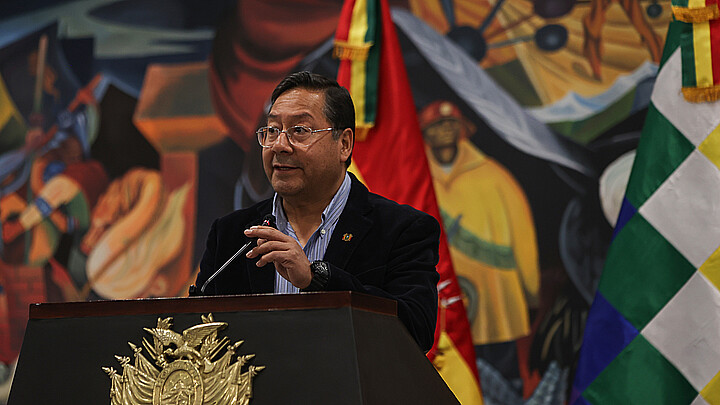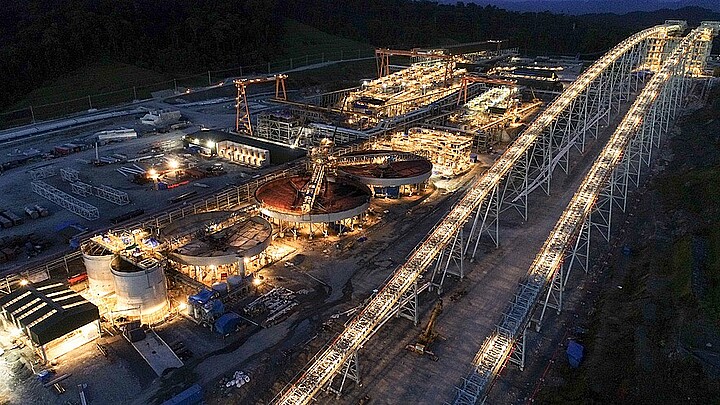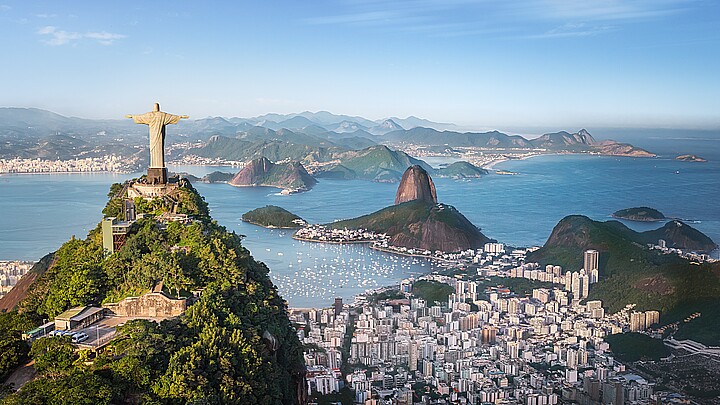Business
Latin America stands to lose as oil prices hit $100 amid Russia's invasion of Ukraine
Oil prices hit $100 a barrel for the first time since 2011, following Russian President Vladimir Putin’s widely-condemned decision to invade his country’s southern neighbor, Ukraine
March 2, 2022 12:11pm
Updated: March 2, 2022 12:11pm
Oil prices hit $100 a barrel for the first time since 2011, following Russian President Vladimir Putin’s widely-condemned decision to invade his country’s southern neighbor, Ukraine.
But as the world once again rushes to secure alternative supply lines, analysts have warned that this time Latin America – a region which pumps about 8% of the world’s oil – will not be able to come to the rescue.
According to a report by Peter Millard at Bloomberg, years of under-investment is part of the reason Latin America won’t be able to respond to rebounding demand as the West continues to hit Russia – a country which pumped 11.3 million barrels of oil a day in January – with sanctions.
Growth in Brazil has stabilized, but South America’s biggest producer is unlikely to increase outputs until new deep-water production vessels are deployed in 2023.
Mexican exports, too, will be slow in the near term as financial troubles continue to rock state-owned Petroleos Mexicanos – leading energy consultancy IPD Latin America to predict that Mexican production will be limited to about 40,000 barrels a day in 2022.
Colombian output fell to an 11-year low in 2020 and continued to fade in 2021 due to the COVID-19 pandemic and protests that rocked its oil producing regions.
Although Venezuela – already crippled by sanctions – recently reported increased oil production for the first time in 7 years, experts have warned that Caracas will be unable to resume its previous export levels if it doesn’t invest in drilling and equipment repairs.
“Most Latin American producers are at capacity at the moment,” said Fitch Ratings Senior Director Todd Martinez. “For now, the boom comes from the price.”
Francisco Monaldi, a Venezuelan-American lecturer in energy economics at Rice University’s Baker Institute for Public Policy, told Bloomberg that although Brazil and Guayana are the only two countries in the region that expect to increase their oil production this year, it is unlikely that they will be able to increase their export levels – in part because of logistical issues that come with their geography.
“Brazil and Guyana, the only two places that had projected increased production, can’t respond with additional barrels” to short-term price increases, said Francisco Monaldi, a Venezuelan-American lecturer in energy economics at Rice University’s Baker Institute for Public Policy. “On top of this, you have to compete for inputs for things like rigs when prices go up.”
For Western countries -- trying to combat record-high inflation and find alternatives to Russian energy markets -- this is problematic.
After all, Rystad Energy has reported that there is already a 1.5 million barrel a day global supply deficit that could rise to 2 million barrels a day within months.
But Andres Oppenheimer at the Miami Herald believes the situation may also “create havoc for Central American and Caribbean oil-importing countries, and could prompt Venezuela to try to resume its oil diplomacy in the region.”
Rising prices could also indirectly affect Latin America’s oil-producing powers as they could drive up production prices on many of their exports, including textiles, shoes and metal components.
“It will affect us brutally,” Roberto Alvarez, the Dominican Republic’s foreign minister said in an interview with the Miami Herald. “It will be catastrophic for our budget.”










